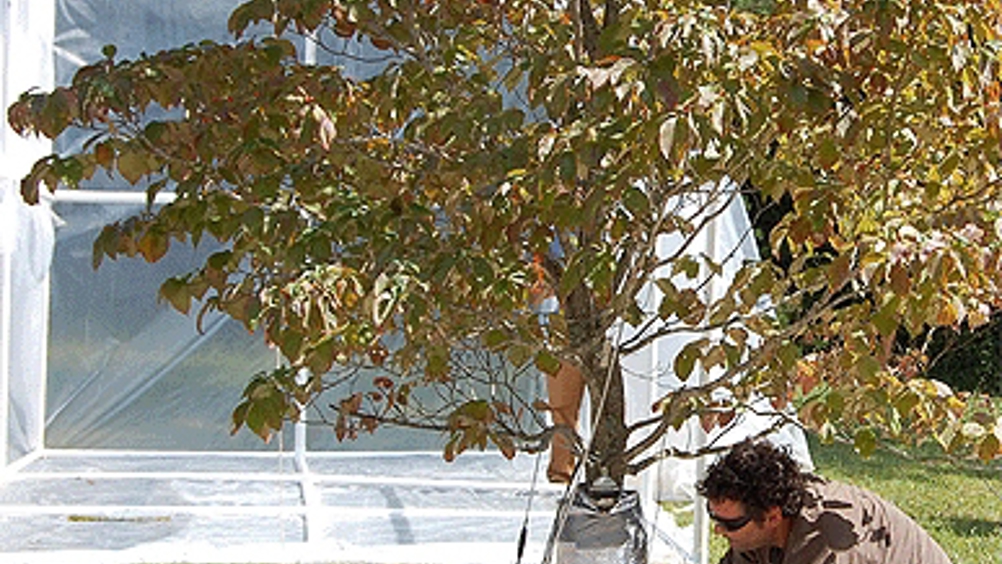Researchers track the flow of carbon dioxide within plants
Researchers are using dogwood trees to gain a better understanding of the role played by photosynthesis and respiration in the atmospheric carbon-dioxide (CO2) cycle.

Using a traceable form of CO2 made with a stable carbon isotope, the researchers from Oak Ridge National Laboratory in Tennessee have labelled the trees individually; creating a pulse of carbon that could be tracked as it moved through a tree.
Jeff Warren, a scientist in Oak Ridge National Laboratory’s Environmental Sciences Division, said: ‘Carbon flow within plants has always been studied but has never fully been understood.
‘Our experiment will help us understand the fate of CO2 after it is taken into a plant. It will show us which structures receive the carbon and how quickly the carbon travels through the system.’
The team believes its findings could help computer modellers improve the accuracy of climate simulations.
Register now to continue reading
Thanks for visiting The Engineer. You’ve now reached your monthly limit of news stories. Register for free to unlock unlimited access to all of our news coverage, as well as premium content including opinion, in-depth features and special reports.
Benefits of registering
-
In-depth insights and coverage of key emerging trends
-
Unrestricted access to special reports throughout the year
-
Daily technology news delivered straight to your inbox










UK Enters ‘Golden Age of Nuclear’
The delay (nearly 8 years) in getting approval for the Rolls-Royce SMR is most worrying. Signifies a torpid and expensive system that is quite onerous...